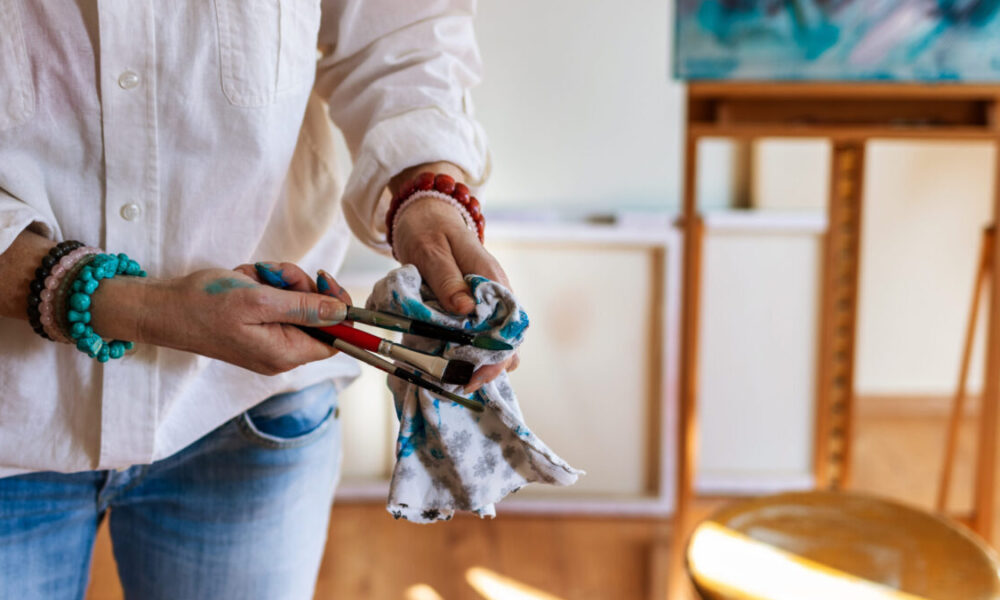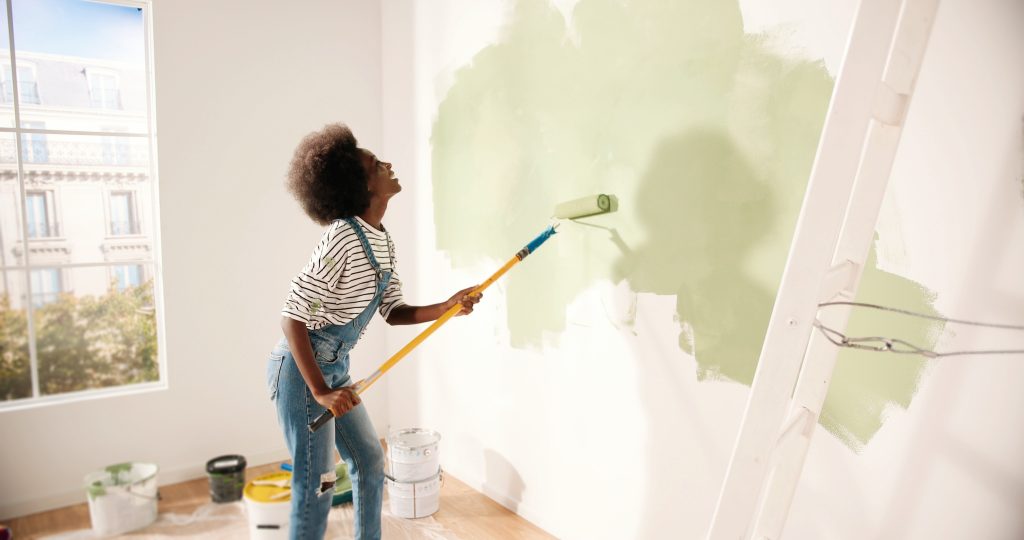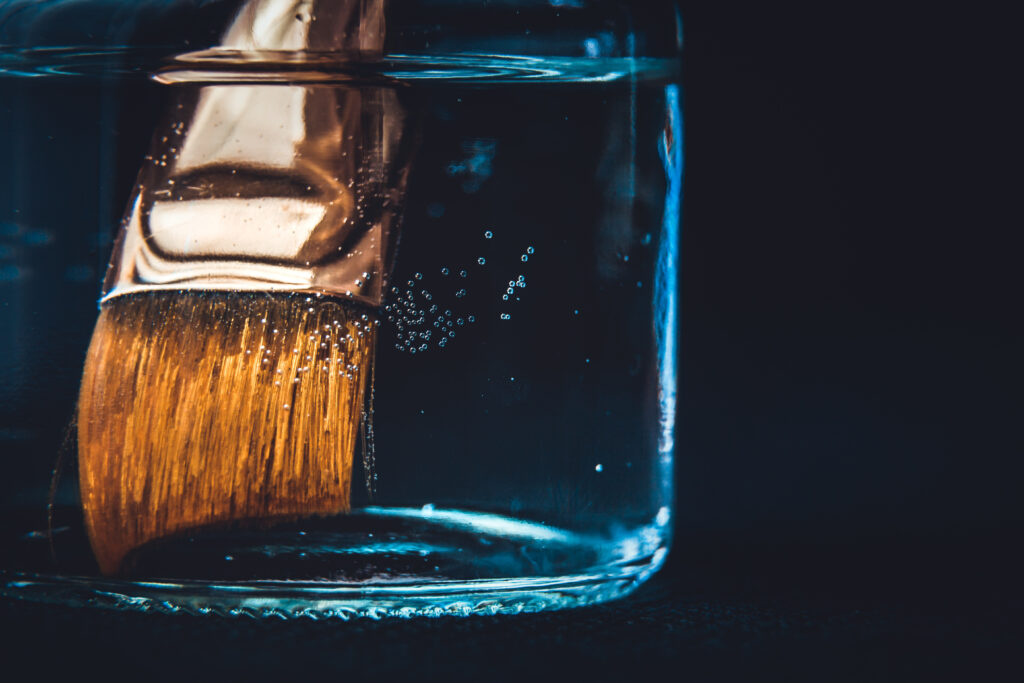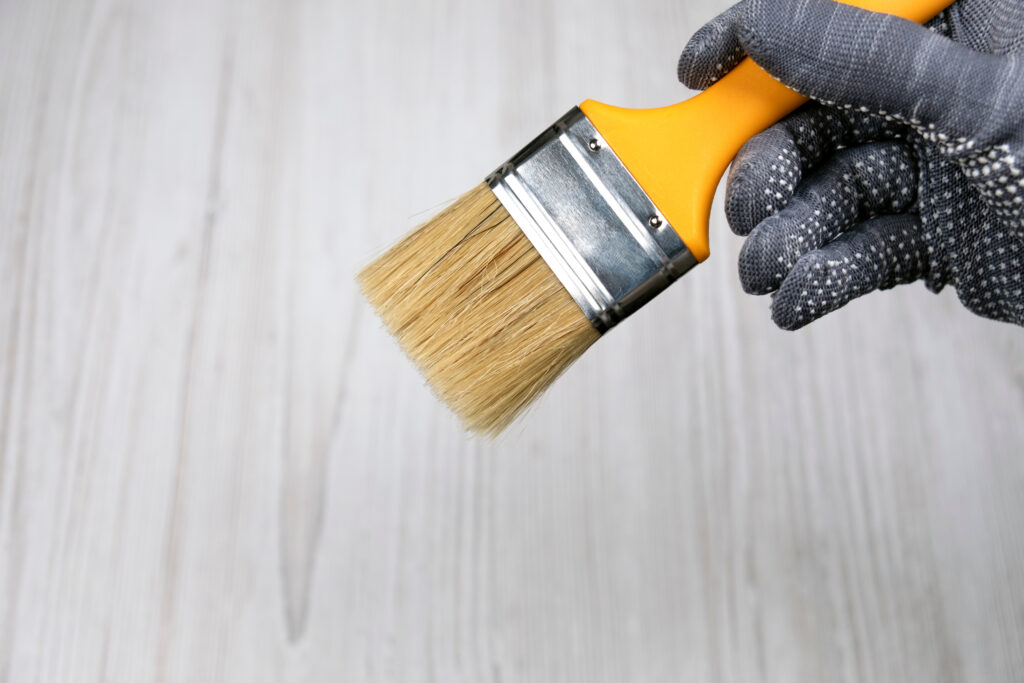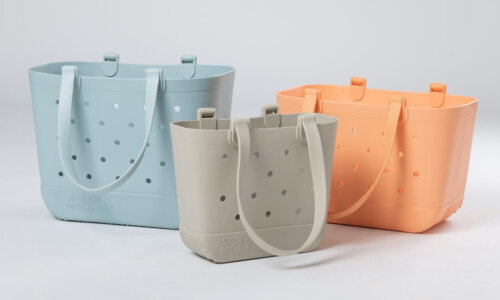The products and services mentioned below were selected independent of sales and advertising. However, Don't Waste Your Money may receive a small commission from the purchase of any products or services through an affiliate link to the retailer's website.
Have you ever gone to start a painting project only to notice your paintbrushes are unusable? Even the best paintbrushes can’t be preserved for future use if they’re not cleaned properly.
Knowing how to care for your brushes can prevent you from needing to repurchase a new set every time you embark on a new project. Follow the steps below to keep your brushes and rollers looking as good as the day you bought them.
Use Your Paintbrush Properly
Remember a good rule of thumb is to get roughly 1-2 inches of paint on the brush each time you dip. Otherwise, you might end up with an excess amount of paint to clean off the brush when you’ve finished.
Gunking up your brush also prevents it from performing optimally — you don’t want all that excess paint on your wall. If you accidentally add too much paint, tap it on the side of the container to dislodge the extra.
Give Brushes A Good Wipe
As soon as you’re finished, wipe your brush across the can’s rim or paint tray. With a roller, you might want to find a wall spot where you can roll out any paint that remains.
While it’s a good practice to save as much paint as you can, sometimes the amount left on your painting tool is minimal. The idea is to simply minimize how much product you’re sending down the drain while getting it out of your brush.
Pick The Right Cleaning Solvent
If you’re using water-based paints like acrylic or latex, use warm water. You can add a mild dish soap if you like. If you’ve been painting moldings and trims with oil-based paint, you’ll need to use mineral spirits or turpentine to thoroughly clean your brush. Denatured alcohol works best for shellac.
These solvents should be used in well-ventilated areas. Also, protect your hands by wearing gloves when using certain cleaning agents.
Pour a small amount of your chosen cleaning agent into a clean old can, cup or paint tray and swirl the brush for around 30 seconds. For rollers, remove the handle and let the roller sit in the solvent for a few minutes.
You might need to move brushes and rollers around a bit or press them against the container surface a few times to help the solvent work its magic. Continue this process until you’ve removed as much paint as possible.
Bristled brushes contain a ferrule that connects the brush head and the handle. Try not to let the cleaning solvent touch this area.
Rinse With Water
Head over to your utility or kitchen sink and run the brush under warm water. Fill a bowl with a few drops of liquid dish soap and swirl the brush again. If there are still spots of caked-on paint, try scrubbing with a wire brush. Then rinse again.
When possible, avoid using hot water during the cleaning process, which can negatively affect the ferrule, and hold the brush facing down, so water doesn’t collect inside the metallic fastener. Also, if you are scrubbing or wiping your brush, be gentle and use long strokes so that you don’t dislodge individual bristles.
Dry Thoroughly And Store Properly
Squeeze out as much water as you can first. Give the brush a good shake in the garage or outside to remove as much water as possible. Rollers can be run along a clean cloth and then hung upside down (with the bristles facing down) to dry. Other brushes should be stored flat or hung upside down.
You may even want to consider a spinner like this one on Amazon to make the job easier and more thorough.
After your brushes are thoroughly dry, store them properly. If they came with a cover, use that. If not, find a way to protect the bristles before putting brushes away.
Choose The Right Paintbrush
Whether you’re an artist searching for something to give you just the right texture or a homeowner who will be repainting your walls, taking a close look at the bristles and handles is the best place to start.
If you’re using oil-based paints, opt for brushes with natural bristles. Synthetic brushes, like ones made from nylon and polyester, are great for acrylic and latex-based paints.
Choose a high-quality paintbrush, with tightly packed bristles all the way through the ferrule that spring back when bent. They should vary in length and be tightly fastened. The best paintbrush can be used over and over again when cleaned thoroughly.
A Final Cleaning Tip For Procrastinators
Ideally, you’d clean your brush immediately after you use it, but sometimes you need to call it a day before the task is complete. The good news is that you can store your brush, complete with paint, for a few hours or even overnight. Place it in a wet towel and then put that in a plastic bag or wrap it in Saran Wrap. Then pop it in the fridge and it’ll be ready for you to start painting the next day.
That way, you don’t have to clean every time you complete a painting session. Your brush will last longer and you can put off the cleaning until the end.
Happy painting!
